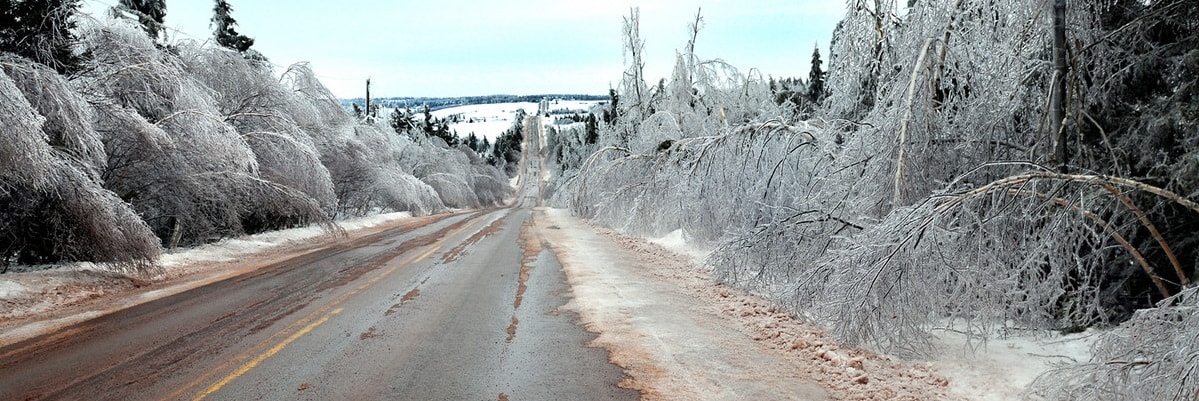Winter Storms
 Across Canada, winter storms or extreme cold can occur suddenly and last for multiple days. The best way to protect yourself and your family is to follow these steps:
Across Canada, winter storms or extreme cold can occur suddenly and last for multiple days. The best way to protect yourself and your family is to follow these steps:
- Have your emergency kit ready. Be prepared for power outages.
- Carbon monoxide kills: NEVER use a generator, BBQ, propane inside an enclosed area.
- Follow official instructions during snow removal and clean up.
Before
- Find out if you live in an area where winter storms could happen by contacting your municipality. You can also find up-to-date information on severe storm conditions, storm maps, weather warnings and public weather alerts at Environment Canada.
- Listen to local news and weather reports for information on changing weather conditions.
- Winterize your home by insulating walls and attics; caulking and weather stripping doors and windows; and installing storm windows or covering windows with plastic.
- Winterize your home and car emergency kit with warm clothing and blankets. Buy rock salt and sand to melt ice and improve traction.
- Make sure you have shovels and snow removal equipment handy.
- Have an alternative heat source, such as a fireplace, wood burning stove, or a generator, so you are able to keep one room in your home warm and liveable.
- Keep fire extinguishers on-hand and make sure your family knows how to use them.
- Talk with your family about what you would do during a winter weather-related emergency, at home or in the car.
- Make a personalized preparedness emergency kit. Families should be prepared to be self-sustaining for at least three days.
- Kits should include practical items such as drinking water, food, cash, and a portable radio. However, they should also include items that are unique to your own families’ needs. This could include baby items, medical prescriptions, pet food, etc.
- If you have already dipped into your emergency kit and food supply while staying at home, consider safely getting the supplies to replenish it following your local public health authorities’ guidelines for leaving your residence.
- Prepare your vehicle for winter weather and create an emergency kit for your vehicle. Keep the gas tank full. Always check local weather conditions before heading out on the road.
- Install snow fences in rural areas to reduce drifting snow on roads and paths, which could block access to homes, barns, and animals’ feed and water.
- Be prepared for secondary hazards such as power outage and flooding once snow melts.
During
- When a severe storm is expected, Environment Canada will issue a weather warning. Radio and television stations will also broadcast Environment Canada weather statements. Pay attention to that information.
- Be alert for instructions from officials and community leaders – listen to the radio, watch your local news channels, and/or follow your local news outlet and/or emergency officials on social media.
- During the storm, avoid going outside or unnecessary travel. If you have to go outside, dress appropriately to protect yourself from the elements. Watch for signs of frostbite and hypothermia.
- Use the “buddy” system if you can - bring someone outside with you.
- Bring companion animals indoors. Create a place where other animals can be comfortable in severe winter weather.
- Do not overexert yourself or work outside for extended periods of time.
After
Continue to take precautions and listen to and follow directions from local authorities.- Avoid travelling if possible and listen to local news and weather reports for current road and weather conditions.
- Be aware of the wind chill. Avoid unnecessary exposure of any part of the body to the cold.
- If you have to go outside, dress appropriately, and watch for signs of frostbite and hypothermia.
- Be careful when clearing snow. Take your time and avoid overexertion. Take regular breaks to warm up and rest if needed.
Learn More : Winter Storms: Information & Facts
